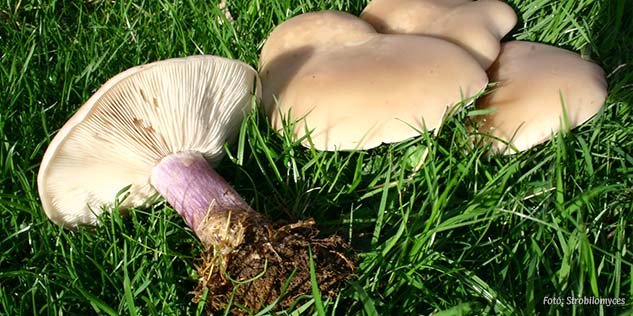
Ulmus minor Mill. has a natural range predominantly in southern Europe, extending to Asia Minor and Iran; its northern outpost is in the Baltic islands. The tree's typical habitat is low-lying forest along the main rivers, growing in association with oak and ash, where it tolerates summer floods as well as droughts.
The tree typically grows to < 30 m (98 ft) and bears a rounded crown. The bark of the trunk is rough, furrowed lightly in older trees to form a block pattern. The leaves are smaller than those of the other European species, hence the specific epithet minor. However, they can vary greatly according to the maturity of the tree. The species readily produces suckers from roots and stumps, even after devastation by Dutch elm disease. Consequently, the tree’s genetic resources are not considered endangered.
U. minor in general, and a number of clones in particular were once commonly cultivated across Europe in town and country. However, owing to its susceptibility to Dutch elm disease, U. minor is now uncommon in cultivation. In an ongoing project that began in the 1990s, several thousand surviving field elms have been tested for innate resistance by national research institutes in the EU, with a view to returning the field elm to cultivation.
Ulmus minor can live to a great age. An ancient field elm stood until recently in the village square of Metaxades, Thrace, Greece. Having abandoned their original village in 1286 after cholera outbreaks, the villagers re-founded it in the hills where a young elm was growing beside a spring. An elm (reputedly the original) and the fountain were the focal-point of the village until the late 20th century. A tree said to be of similar age (200 cm d.b.h.) still stands (2013) in the city of Sliven, Bulgaria; other veterans are said to survive in the village of Samuilovo. A tree reputedly over 650 years old survived in the centre of Biscarrosse south of Bordeaux until the summer of 2010, when it finally succumbed to Dutch elm disease. Another veteran with a 6-metre girth survives at Bettange, France, close to the Belgian border, reputedly planted in 1593. A tree approximately 400 years old and 5.55 metres in girth grows in the town of Mergozzo in Piedmont, Italy. 'L'olmo di Mergozzo', like its French counterparts 'l'orme de Biscarosse' and 'l’orme de Bettange', is hollowed out by age, its life prolonged by lopping. Another hollow veteran is the elm in the Plaza del Olmo in Navajas, Valencia, 6.3 metres in girth, planted in 1636 and featuring on the town crest. A rare example of a centuries-old field elm that retains its heartwood and crown is the 360-year-old specimen in the village square of Strinylas, Corfu. Some of the largest field elms in Hungary include those in Kisgörbő (4.75m girth), Csákvár/Lovasberény (4.41m girth), Nágyváty (4.32m girth) and Fenékpuszta (4.3m girth).



